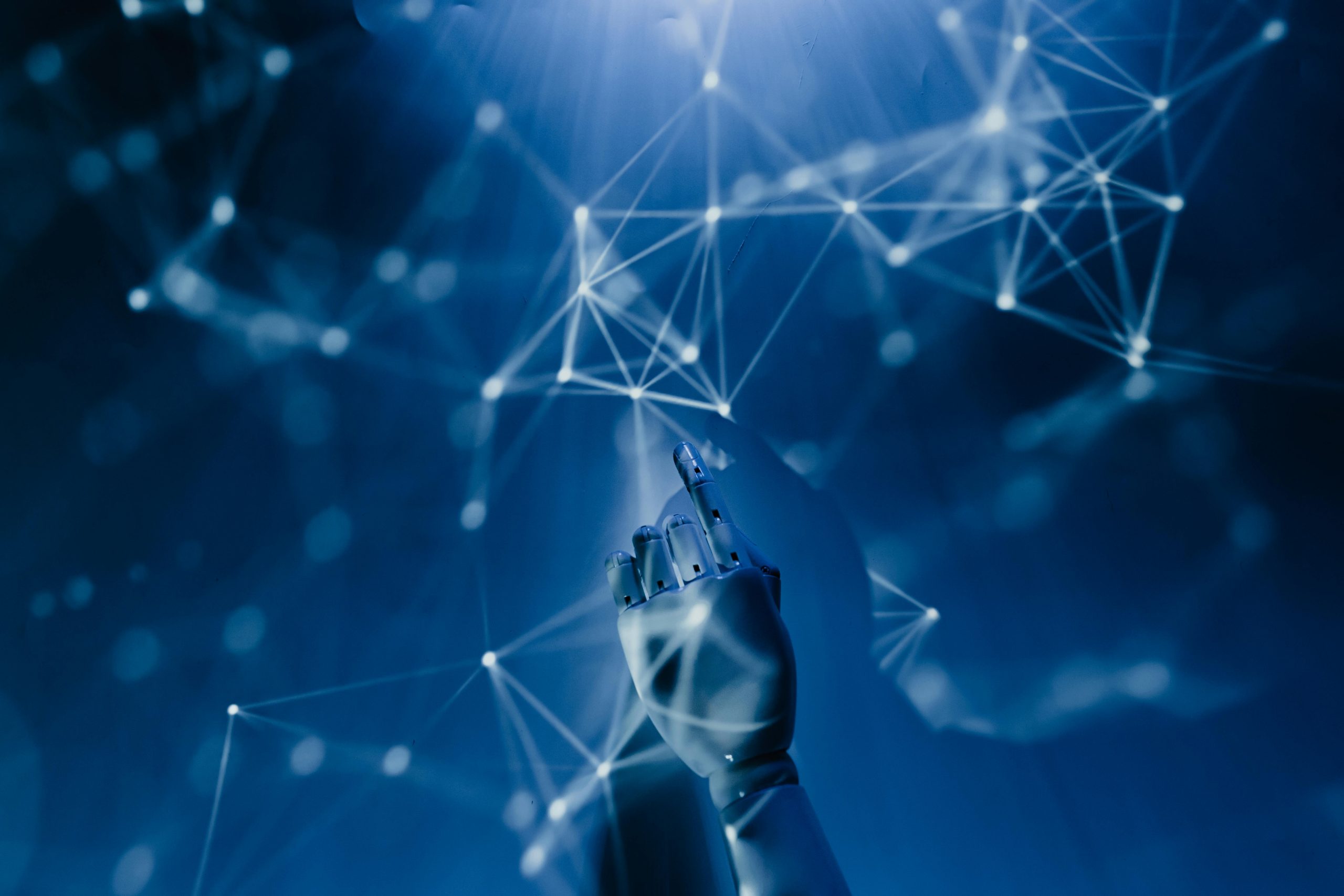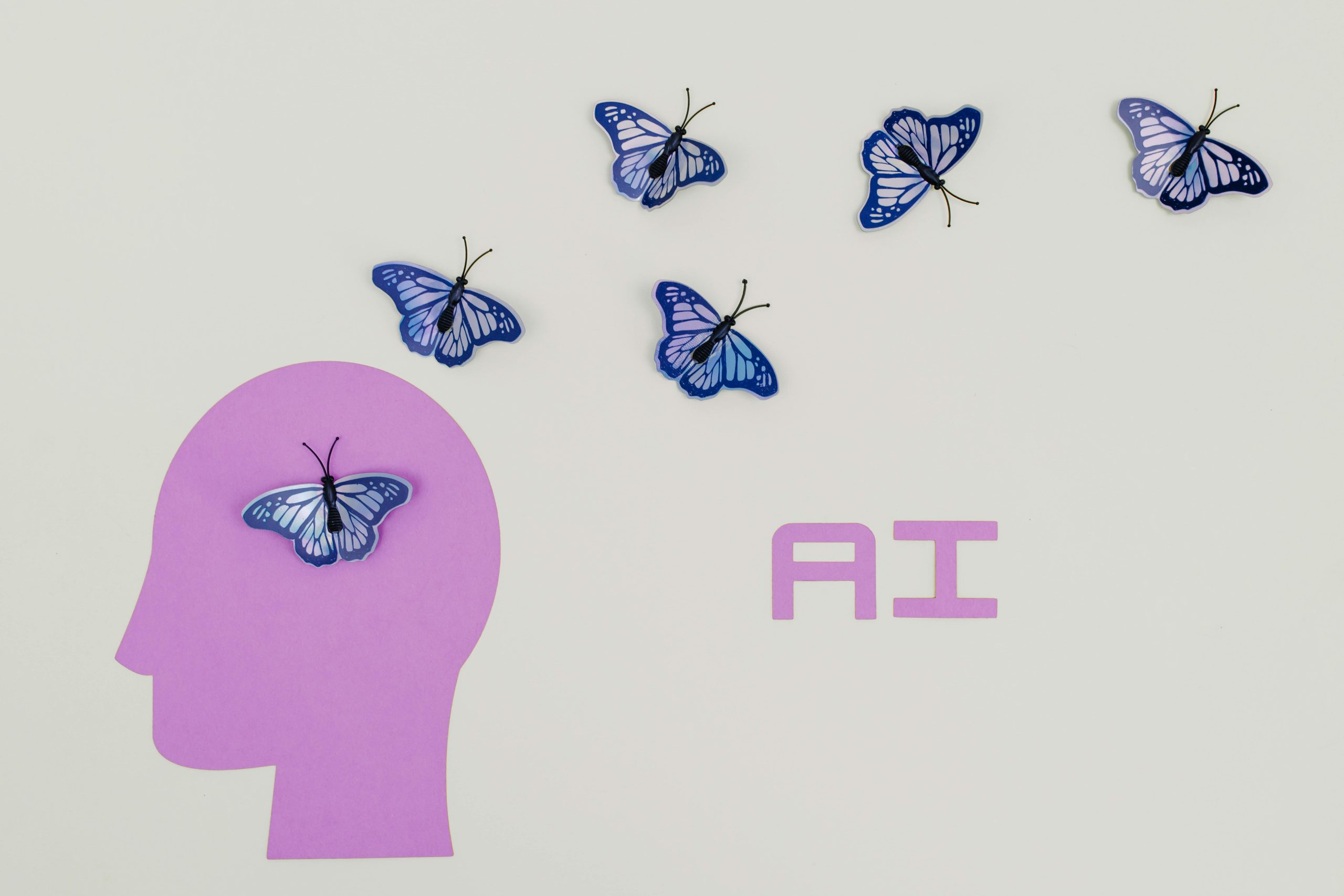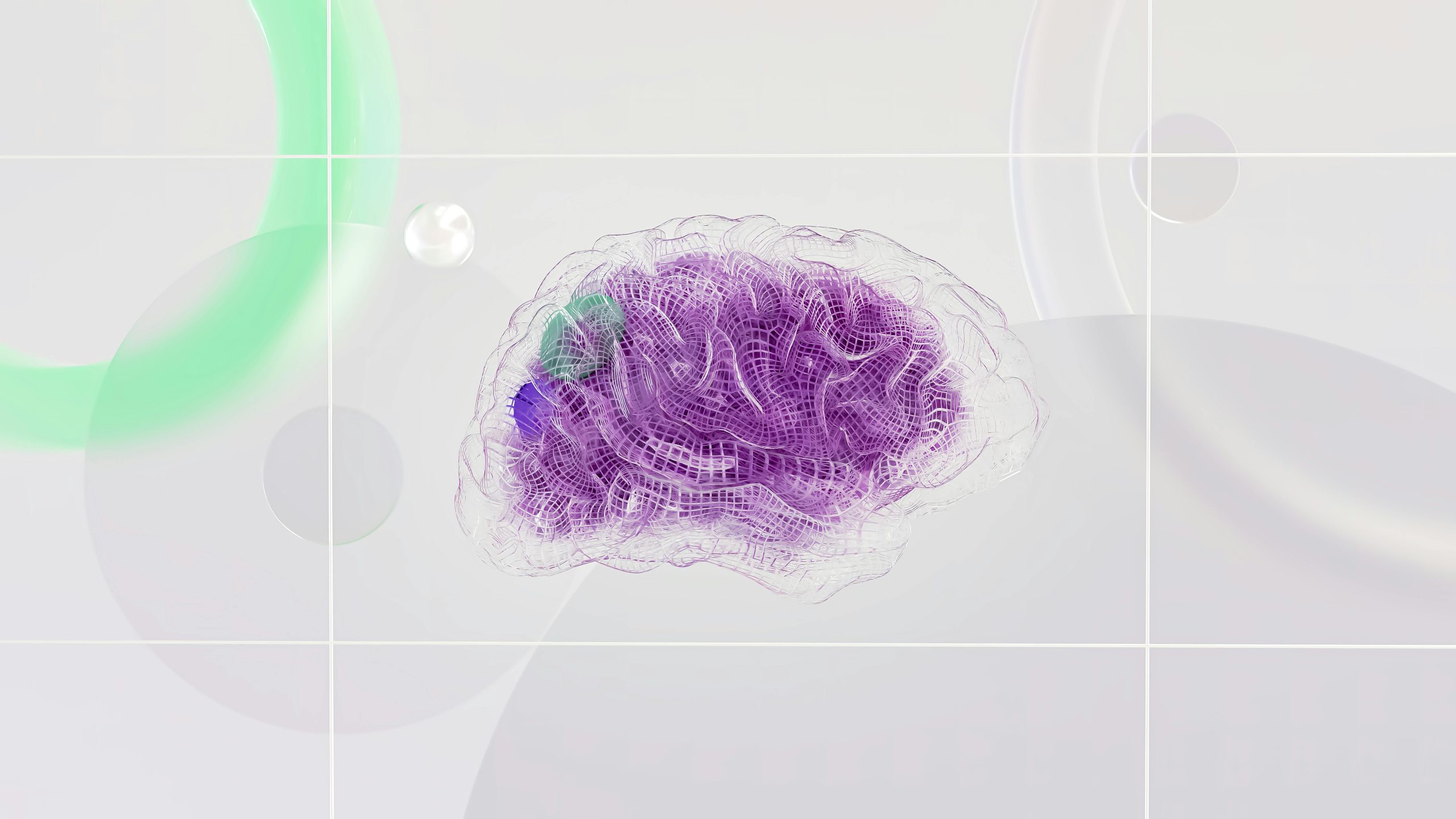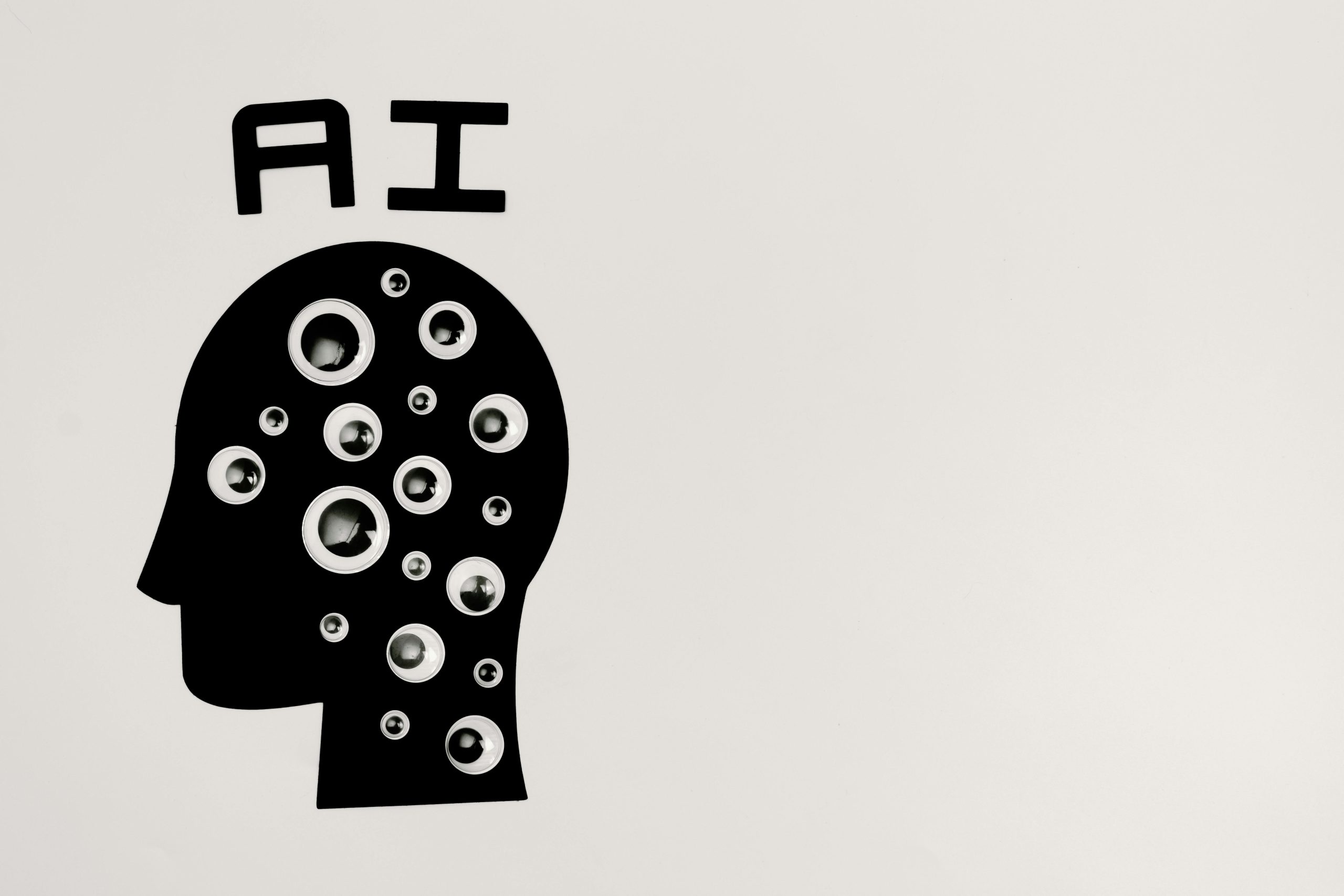Imagine a world where artificial intelligence delves into the realms of creativity and artistry, blurring the lines between human ingenuity and machine precision. The concept of ambigrams, those clever word designs that can be read from multiple angles or orientations, has long captivated the minds of artists and linguists alike. But what if we told you that AI could potentially master this intricate art form with unparalleled accuracy? In a groundbreaking exploration at the intersection of technology and typography, researchers are pushing the boundaries of AI capabilities to see if machines can truly create ambigrams that challenge our perceptions and ignite our imagination. Join us on a journey to uncover the fascinating possibilities as we ask: Can AI create ambigram magic?
Overview of AI technology and capabilities
AI technology has completely transformed the way we interact with machines and data. Its capabilities, once only imagined in science fiction, are now a reality that is revolutionizing industries across the globe. From self-driving cars to personalized recommendations on streaming platforms, AI is at the core of these cutting-edge advancements.
One of the remarkable aspects of AI is its ability to learn and adapt from large datasets at an incredible speed, far surpassing human capacities for processing information. This cognitive capability allows AI systems to make highly accurate predictions and decisions based on complex patterns within data. As a result, businesses are using AI to optimize operations, improve customer experiences, and drive innovation in ways never thought possible before.

Previous attempts at creating ambigrams with AI
Previous attempts at creating ambigrams with AI have shown promising results but have yet to fully capture the artistic and creative nuances required for an exceptional ambigram. While AI algorithms can manipulate letters and symbols to create visual symmetry, the challenge lies in imbuing these designs with meaning and intention. This intricate balance between form and concept is what sets human-made ambigrams apart from those generated by artificial intelligence.
One major hurdle in AI-generated ambigrams is the lack of contextual understanding that humans naturally possess. Ambigrams often rely on clever wordplay or subtle visual cues that require a deep understanding of language and symbolism, something current algorithms struggle to reproduce authentically. Despite these limitations, researchers are continuously exploring ways to enhance AI’s ability to create meaningful and aesthetically pleasing ambigrams through advances in natural language processing and image recognition technologies.
As technology progresses, it’s exciting to envision a future where AI may one day master the art of creating truly captivating ambigrams that rival those crafted by human hands. The fusion of creativity and machine learning holds immense potential for pushing the boundaries of design possibilities, sparking new conversations about the intersection of artistry and artificial intelligence in shaping our visual landscape.
Challenges in creating ambigrams with AI
Creating ambigrams with AI presents a unique set of challenges that stem from the complexity of designing visual forms that can be interpreted in multiple orientations. One major hurdle is capturing the artistic nuances and creativity required for crafting visually appealing ambigrams, tasks typically reserved for human designers adept at playing with symmetry, balance, and letterforms. While AI algorithms excel at computational tasks like image recognition or natural language processing, translating these abstract design principles into captivating ambigrams remains a daunting task.
Another challenge lies in the inherent limitations of current AI models to understand subtleties in visual aesthetics and linguistic contexts necessary for creating innovative and meaningful ambigrams. Ambigram design often involves wordplay, symbolism, and clever arrangements that demand a deep understanding of language structure and artistic sensibilities – aspects that current AI systems struggle to grasp fully. Despite advancements in generative algorithms like neural networks, achieving the level of sophistication required for generating original and impactful ambigrams still eludes automated systems. The dynamic interplay between textual elements, graphic design principles, and semantic significance adds layers of complexity that test the boundaries of what AI can achieve in this specialized domain.

Current advancements in AI for ambigram creation
AI has made remarkable advancements in the realm of ambigram creation, pushing the boundaries of visual design and linguistic artistry. With sophisticated algorithms and neural networks, AI can analyze complex shapes and text orientations to generate stunning ambigrams with precision and creativity. By harnessing machine learning techniques, AI systems can now automatically convert words into elegant ambigrams that maintain symmetry and readability from multiple angles.
Moreover, AI-powered ambigram generators have democratized the process of creating these intricate designs, providing artists and designers with accessible tools to explore new possibilities in typographic expression. The ability of AI to rapidly iterate through countless variations enables users to experiment with different styles and fonts effortlessly, paving the way for a new era of dynamic ambigram design. As AI technology continues to evolve, we are witnessing a revolution in how ambigrams are envisioned and produced, blurring the lines between human ingenuity and artificial intelligence in creative endeavors.
Future potential of AI in ambigram design
The future potential of AI in ambigram design is truly groundbreaking. With the ability to process vast amounts of data and recognize patterns at incredible speeds, AI algorithms can unlock creative possibilities that were previously unimaginable. By analyzing existing ambigrams and identifying common features, AI can generate new and unique designs that push the boundaries of this art form.
Not only does AI have the capacity to streamline the ambigram creation process, but it can also inspire artists with fresh ideas and innovative approaches. Imagine a world where designers can collaborate with intelligent machines to co-create stunning ambigrams that challenge conventional norms and captivate audiences. As AI continues to evolve and become more sophisticated, the realm of ambigram design holds endless opportunities for exploration and experimentation.

Conclusion: The role of AI in creative design
In conclusion, the role of AI in creative design is rapidly evolving and expanding, affording endless possibilities for innovation and inspiration. While AI may not yet fully replicate the depth of human creativity, its ability to analyze vast amounts of data and generate unique designs has proven invaluable in the field of design. By leveraging AI tools, designers can explore new avenues of expression, push boundaries, and fuel their imagination.
AI’s contribution to creative design extends beyond mere automation; it offers a fresh lens through which designers can view their work and approach problem-solving. The symbiotic relationship between human ingenuity and computational power opens up a world of collaborative potential where AI serves as a catalyst for novel ideas and unexpected breakthroughs. Embracing AI in creative design is not about replacing human creativity but enhancing it by augmenting our capabilities with intelligent algorithms that challenge conventions and inspire innovative solutions.
Furthermore, the integration of AI into creative processes fosters interdisciplinary collaboration between experts in various fields such as art, technology, psychology, and more. This interdisciplinary approach paves the way for cross-pollination of ideas that can spark revolutionary advancements in design aesthetics and techniques. The fusion of human intuition with AI-driven insights holds immense promise for transforming how we perceive creativity and redefine traditional notions of what is possible in the realm of artistic expression.




